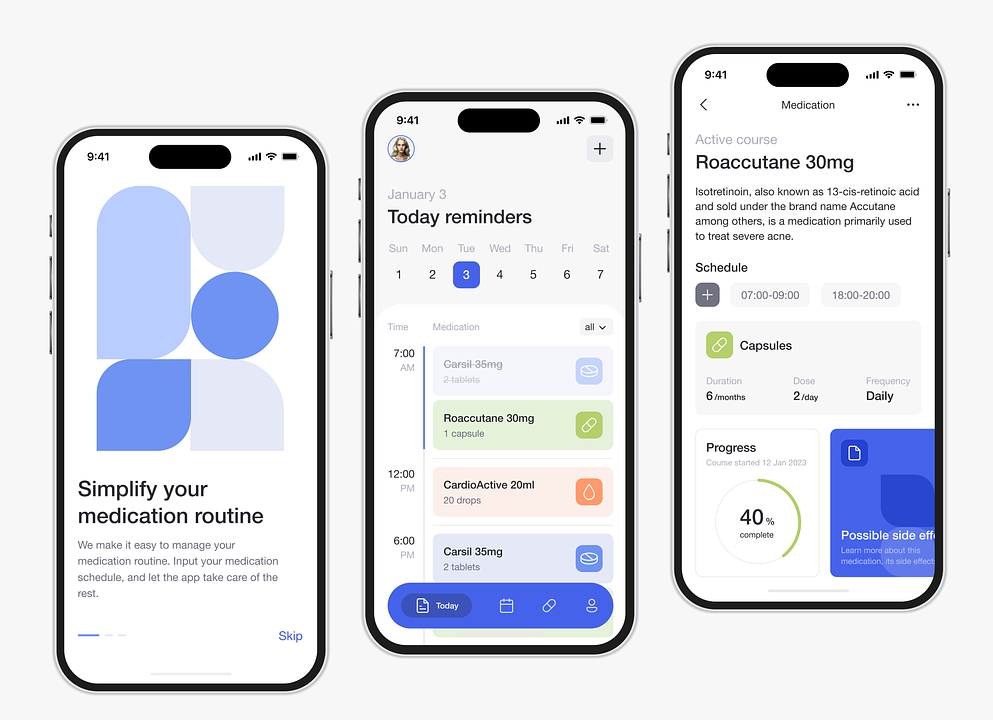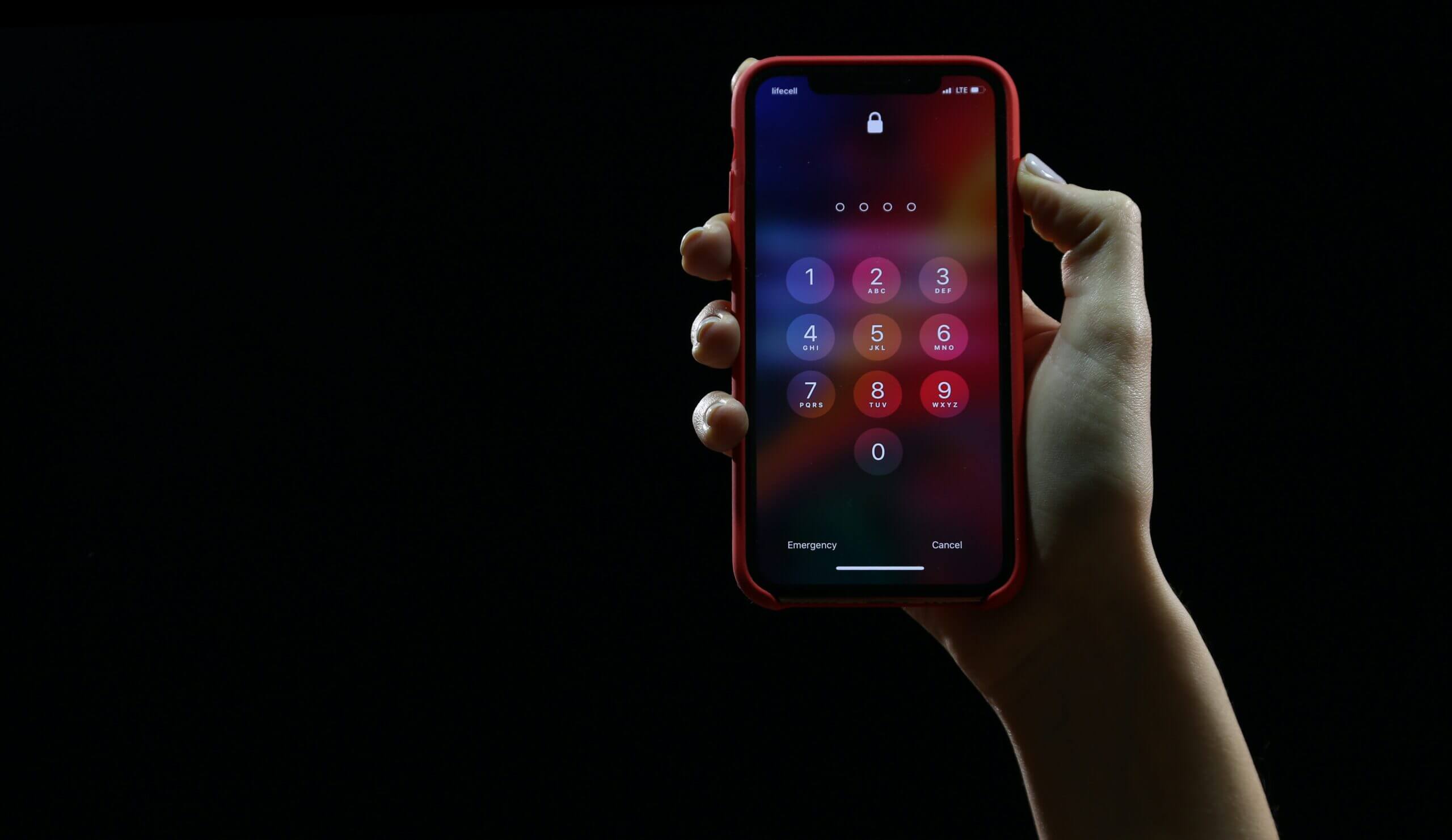Emotionally Intelligent Design: Your Mobile App Needs a Soul
We have paid a lot of attention to the functional layer of technology, slightly forgetting about its emotional one. Technology is constantly integrating into every aspect of our lives. Emotionally intelligent interactions with our devices are shaping the future of our mobile devices.
Emotionally intelligent design has positioned itself as one of the best mobile UX design principles and practices. It’s not about just evoking emotion, but also about considering it in all its unique forms when we experience technology.
How do we design technology that prioritizes a connection on an emotional level? Let’s draw on the hallmarks of emotional intelligence to create a meaningful approach to emotional design that moves beyond delight.
Emotional intelligence: a new meaning
Per Google, emotional intelligence is the capacity to be aware of, control, and express one’s emotions, and to handle interpersonal relationships judiciously and empathetically.
However, recent technological progress has made it possible to incorporate emotional recognition into mobile apps. This has given the birth of a new meaning for the concept of emotional intelligence. Artificial Intelligence (AI) paired with emotionally-intelligent technology is shaping the mobile experience of the future.
Why are emotions important for business?
Emotional intelligence is one of the most important skills allowing us to interact with each other. You might not notice it, but we are applying it almost everywhere: from ordering a pizza to communicating with our loved ones.
So, how can we ignore such a powerful thing which influences people? Especially, when it comes to business? Everyone working in marketing knows that emotion sells. Emotion implemented in design can have a deep effect and make your mobile app stand out among others. Keep in mind that we are designing for humans; we are designing for the overall experience.
So How Will EQ be Incorporated in Mobile UX?
Our devices are becoming even more sophisticated. They collect and analyze data from various inputs such as camera, audio, or physical sensors and use AI techniques to detect emotion.
Emotionally-intelligent mobile user experience can be split into 3 key areas.
- Natural language processing
- Facial expressions recognition
- Analysis of physical signals
Natural language processing
Man has always wanted to be able to communicate with technology more naturally. Recent developments in NLP (natural language processing) has made it possible to make technology closer to people. We’re talking about a new type of interface – conversational interface. That’s what bakes conversation and emotion together.
Today you can find only two major types of conversational interfaces on the market – chatbots, and voice user interfaces.
Much more than a chatbot
A new generation of chatbot has been born – artificial neural networks recognizing patterns in speech.
A great example of such a technology is Xiaoice – an advanced NLP chatbot created by Microsoft which you can find only on the Chinese market today. It can use sentiment analysis and adjust phrases and answers based on the positive or negative cues of its human analogs. Xiaoice app can learn and remember the details from your previous conversations and use them in future conversations. Today it’s used by over 40 million people.
The important feature making Xiaoice stand out among its competitors is the ability to recognize emotions from the text. The chatbot can respond with empathy and sensitivity. When you interact with this app it answers you with the suggestions and opinions that haven’t been programmed before. The ability to learn – it’s what makes a chatbox the most exciting.
Voice analysis
Yes, a bot can understand what you’re feeling by analyzing your vocal intonations. One of the most famous applications allowing emotional recognition from different tones of voice is Moodies Emotions Analytics developed by Beyond Verbal. It can decode a spectrum of emotions listening to your conversation right in real-time. This app is what can bring interfaces and user interactions to a higher level.
Facial expression recognition
Facial expressions are the most powerful tools people have to express themselves. Facial recognition is used mostly in the social networks for automatic detection of your friends on the photos. It may be very useful while creating an emotionally intelligent design.
Let’s consider how Facebook uses emotional intelligence in its design. The ‘Like’ option was extended to the full spectrum of reactions to let users share their emotions explicitly… and to give designer and marketers emotional data too.

Of course, there are plenty of questions about the privacy of this technology – not everyone will be happy if this “emotional” information is used by corporations and third parties. However, facial expression recognition is still integrating into the technologies and forming new approaches to UX/UI design.
Analysis of physical signals
Today’s technology doesn’t just interpret our emotions. You might be surprised, but your mobile device can become your personal coach and help you achieve emotional well-being. Imagine, your phone understands that you’re stressed and provides tips on how to cope.
There are two products on the market using sensors to read your pulse, blood pressure, and skin temperature to define your emotions – Feel wristband and Spire. It’s incredible, but they can suggest you recommendations based on your emotions.
Why do we need to respect emotions in design?
More data about our emotions doesn’t mean a better technology experience. In our attempts to create an excellent emotionally-intelligent design if you hire dedicated android developers we will face plenty of challenges changing the way we think about design.
Today designers are focused on the functionality of the design. However, designing for emotions requires a different approach. The technology is moving to the point when the product designers will develop an even greater overall sensitivity to emotion by collecting data, mapping it to emotions, and evoking emotion in various ways. That will make creators understand what people feel when using their products. And make them respect user emotions in design.





















